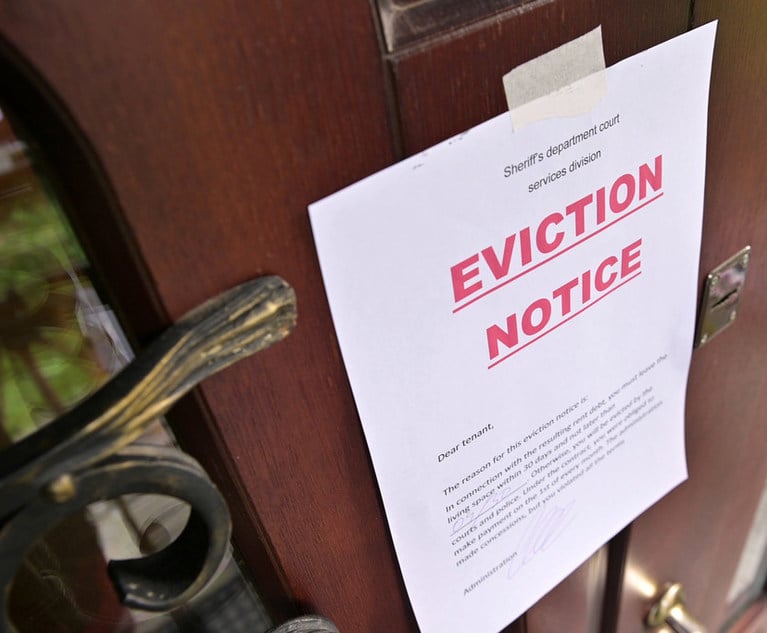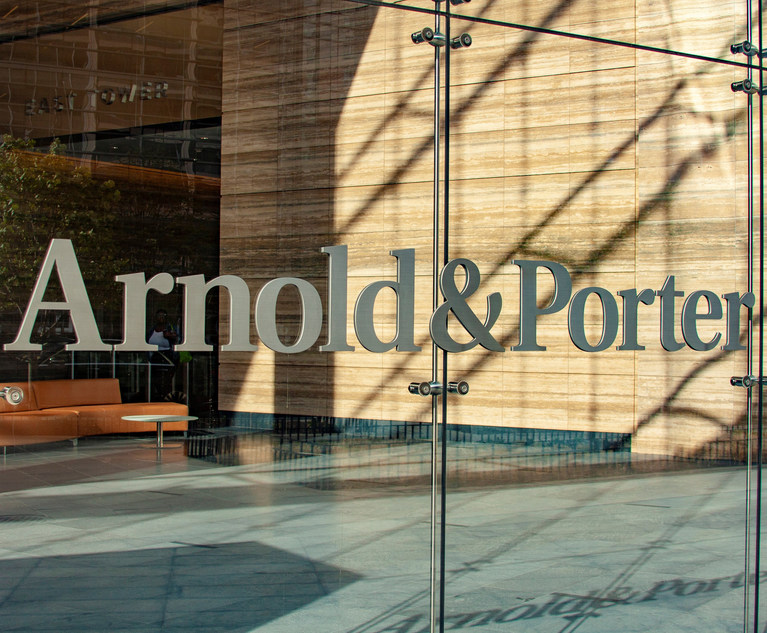‘Yellowstone’ injunctions have been a long-standing remedy for tenants that have been served with a notice to cure or a notice default when challenging the legality of the notice. From its origin in the 1968 Court of Appeals decision in First Nat’l Stores v. Yellowstone Shopping Ctr., 21 N.Y.2d 630 (1968), the Yellowstone injunction has traditionally been used as a tool for tenants to litigate in Supreme Court whether or not there has been a default without the risk of losing their lease. Lexington Ave. & 42nd Street Corp. v. 380 Lexchamp Operating, 205 A.D.2d 421 (lst Dept. 1994). The purpose of the Yellowstone injunction is to maintain the status quo so that a commercial tenant may protect its valuable property interest in its lease while challenging the landlord’s assessment of its rights. Post v. 120 E. End Ave. Corp., 62 N.Y.2d 19, 26 (1984). If a motion is made before the expiration of the default notice, upon the granting of the injunction the cure period is tolled and the landlord is enjoined from terminating the lease or commencing a summary proceeding until the trial court renders a decision on the merits.
In order to obtain a Yellowstone injunction, the tenant must establish: (1) it holds a commercial lease; (2) it received from the landlord either a notice of default, a notice to cure, or a threat of termination of the lease; (3) it requested injunctive relief prior to the termination of the lease; and (4) it is prepared and maintains the ability to cure the alleged default by any means short of vacating the premises. Graubard Mollen Horowitz Pomeranz & Shapiro v. 600 Third Ave. Assoc., 93 N.Y.2d 508, 514 (1999).


 Photo: Shutterstock
Photo: Shutterstock




